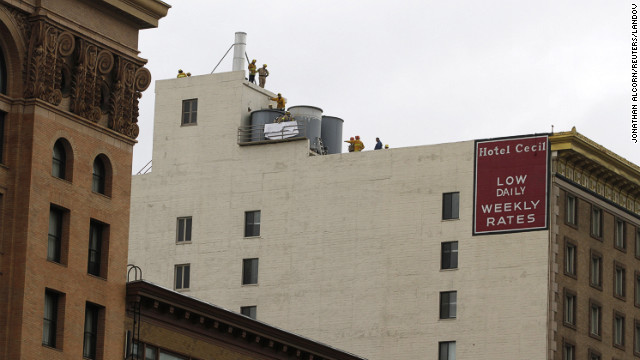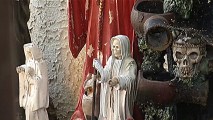Friday, 22 February 2013
Thursday, 21 February 2013
Weird A-Z (Special!) S is for The Seven Wonders of the World
Weird A-Z (Special!) S is for The Seven Wonders of the World
These are all found upon the Mediterranean rim, and seven were chosen because the Ancient Greeks believed it signified perfection and plenty. Our 'lucky' number seven stems from this belief. Both Herodotus (484-425 BCE) and Callimachus (305-240 BCE) made lists of 'thaumata', 'things to be seen', which included:
1) The Colossus of Rhodes was a statue of the Greek god Helios, built between 292 and 280 BCE, and straddling the entrance to the harbour. Plated with brass, it stood over 107 feet high on white marble blocks, themselves 50 feet high.
2) The Great Pyramids of Khufu at Giza erected around 2560 BCE as a tomb for the Pharaoh Khufu, Hemiuni, its architect, used 2,300,000 blocks of stone, each weighing more than a ton, and the site covered 13 acres. It was the tallest building in the world for 4500 years, until the Eiffel Tower was built in 1889.
3) The Hanging Gardens of Babylon in Irag were probably built by Nebuchadnezzar II around 600 BCE to please his wife and remind her of the fragrant plants of her homeland of Persia. A new theory proposes that they were built at Nineveh on the Tigris by Sennacherib, king of Assyria.
4) The Ishtar Gate (later replaced in '7 wonder lists' by the Lighthouse of Alexandria). The Ishtar Gate was in the earliest lists, and a reconstruction of one of the double gates is in Berlin's Pergamon Museum. It was the eighth gate to the Inner City of Babylon, made in 575 BCE for Nebuchadnezzar II and dedicated to the goddess Ishtar. It formed part of the walls of Babylon in Iraq, and most of its sculptures are now in Germany.
5) The Mausoleum of Mausolus at Halicarnassus was built around 350 BCE near Bodrum in Turkey to hold the bodies of Mausolus, a Persian satrap or ruler, and Artemisia, his wife and sister.
6) The Statue of Zeus at Olympia. The great Phidias sculpted the seated statue in about 432 BCE for the Temple of Zeus. In the 1950's Phidias's workshop was found here, with a cup bearing his name.
7) The Temple of Artemis at Ephesus was constructed around 550 BCE in Turkey but hardly anything remains.
The above list was created in the Middle Ages, by which time all but the Great Pyramid had been destroyed.
In 2007 a 'New Seven Wonders of the World' was announced from a shortlist of 200 existing monuments. Weirdly it had 8 entries.
1) Chichen Itza, Mexico c.600CE
2) Christ the Redeemer Statue, Brazil 1931
3) Colosseum, Rome c.80 CE
4) Great Pyramid of Giza c.2560 BCE
5) Great Wall of China Fifth century BCE - 16th century CE
6) Machu Picchu, Peru c.1450
7) Taj Mahal c.1648 CE
8) Petra, Jordan c.150 BCE
Tuesday, 19 February 2013
Monday, 18 February 2013
Subscribe to:
Posts (Atom)
































